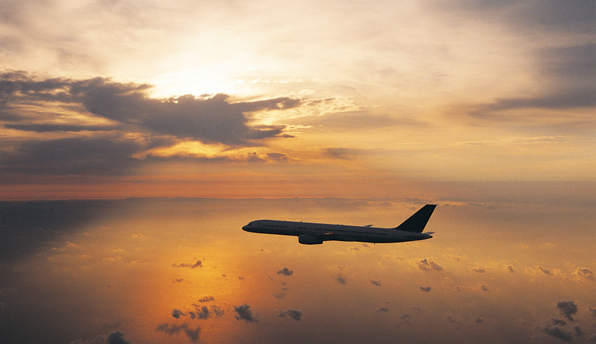
It is still impossible to confidently apportion blame for the tragic airplane crashes in Indonesia and Ethiopia, which killed 189 and 157 people, respectively.
The jury is still out on this matter, despite the ongoing Senate hearings on the matter. Every human life is precious, and several hundred of our fellow creatures met an all too early demise with this failure of the 737 MAX airplane.
The major candidates for responsibility for this loss are the Boeing company, which built the plane and the Federal Aviation Administration, which certified its safety (a third possibility, which we shall ignore, arguendo, is driver error; the pilots of these two aircraft were insufficiently trained to operate them).
What have we learned from the recent Congressional hearings on this failure? Not too much. It has been documented that the automated flight control system on the planes, the mast cell activation syndrome (MCAS) was problematic, that Boeing knew in advance of difficulties with the single angle of attack (AoA) sensor and pilot training, and that this company refused to ground the plane despite this information.
It has also been well established that Senators Ted Cruz (R-Texas) and Ron Johnson (R-Wisconsin) along with their confreres are opposed, bitterly so, to plane crashes.
What will be the fate of Boeing and the FAA if is it demonstrated that both share culpability for these catastrophic events, in roughly equal measures? Their destiny will be very different.
The private firm faces a very real chance of bankruptcy. Nor will its present size necessarily save it. “The bigger they are, the harder they fall.” Boeing might well join other large firms that are no longer with us:
BlockBuster, Borders Books, Enron, Kodak, Lehman, Pan Am, Schwinn Bicycles, Readers Digest, Toys-R-Us, Radio Shack, Rand typewriter, Sears, Thomas Cook, United Shoe Machinery.
Automobile firms alone account for many companies in the graveyard of commerce: American Motors (Nash Rambler), Checker, DeLorean, DeSoto, Edsel, Hummer, Mercury, Oldsmobile, Packard, Plymouth, Pontiac, Rambler, Saab, Studebaker, Willys.
A perusal of the past lists of the Fortune 500 will reveal many more such examples.
It is unlikely in the extreme that the Federal Aviation Administration will face any such danger.
The Army Corp of Engineers was responsible for some 1900 fatalities in the aftermath of Hurricane Katrina, and they are still in business, thank you very much. The U.S. Post Office has lost billions of dollars, and the same applies to them.
The number of farmers has been decreasing, sharply, lo these many years, while employment at the Department of Agriculture has been moving in the opposite direction. The Food and Drug Administration presided over the Thalidomide disaster and is still very much with us.
The Fed was charged with keeping inflation under control, and has presided over a loss in the value of the dollar of some 96% since its inception in 1913. Is it still in operation? Of course.
No, private businesses come and go, in proportion to their success in customer satisfaction, while the same cannot be said for government bureaus. When is the last one of them that ever got cashiered? I can’t think of one either.
What lesson can we learn from this stark divergence?
It is that consumers have far more control over private producers than they as voters have vis a vis government regulatory agencies, which, also, presumptively, labor in their behalves. The public policy recommendation suggested by this fact is that we should rely more and more on private enterprise to deliver our mail, keep us safe in the air, and prevent food, flood and drug damage.
How would this work in practice?
Simple. Instead of having one monopoly regulatory agency, the FAA, that is immune from termination no matter how serious their failure, lean in the direction of a private enterprise certification industry that takes on this role. If the Jones agency approved of the Boeing 737 Max, while the Smith certification firm refused to do so, we all know what will tend to happen. We will have better protection from such a system than from present institutional arrangements.
Are there any real-world examples of this sort of thing?
Yes. There are Good Housekeeping Seals of Approval, Consumers Reports for retail purchasers. There are Underwriters Laboratories, for commerce and manufacturing and Fitch, Moody’s and Standard and Poor for stock and bond market ratings.
These are only the tip of the iceberg. According to the directory of U.S. Private Sector Product Certification Programs, there are 180 private organizations that certify almost 1000 different products.
Are any of these perfect? Of course not. But they stand head and shoulders over our present situation where failure cannot be punished by banishment.
All we need do to improve matters for plane safety is to apply this certification system to aviation, too.
